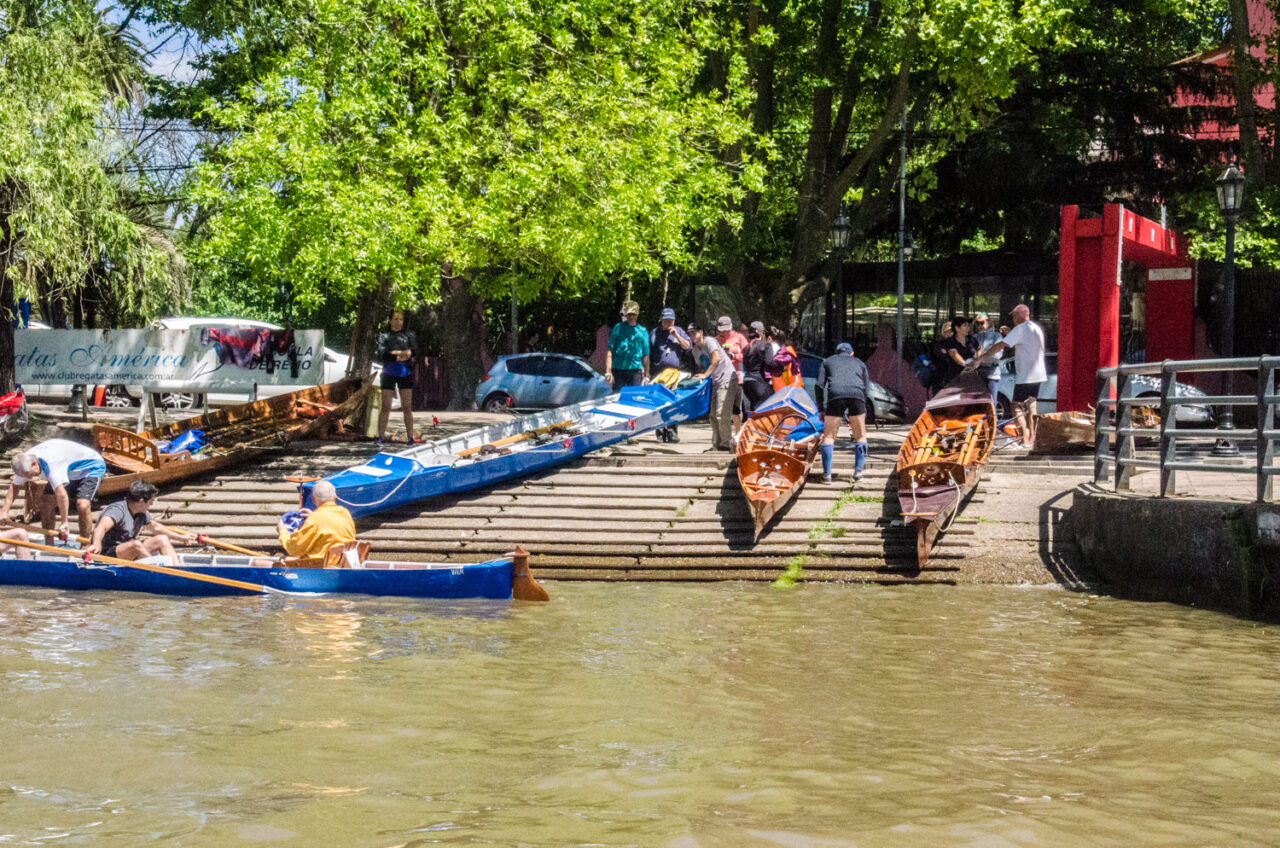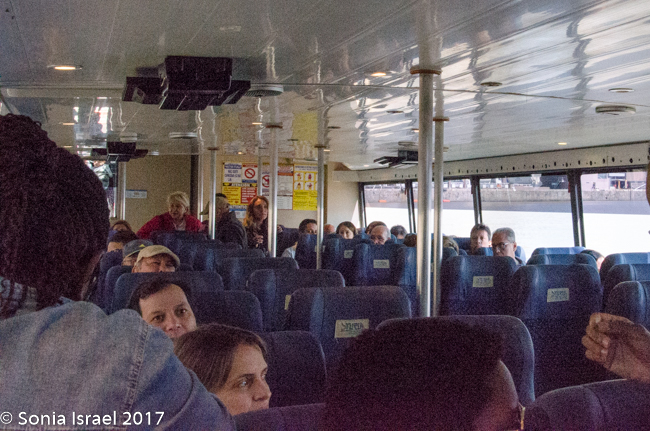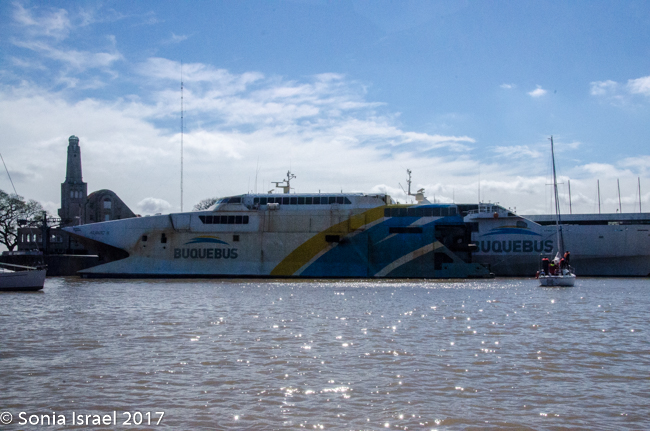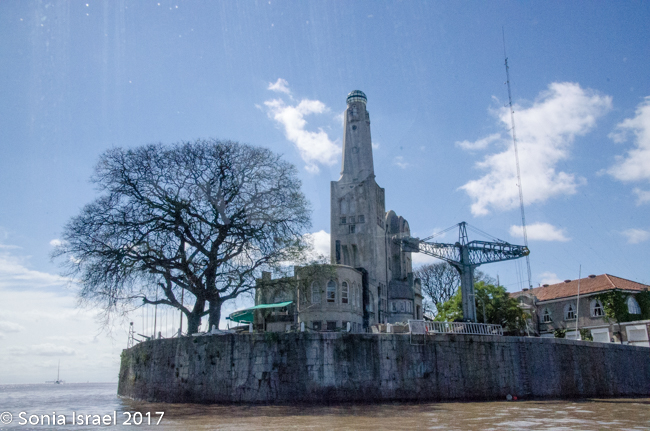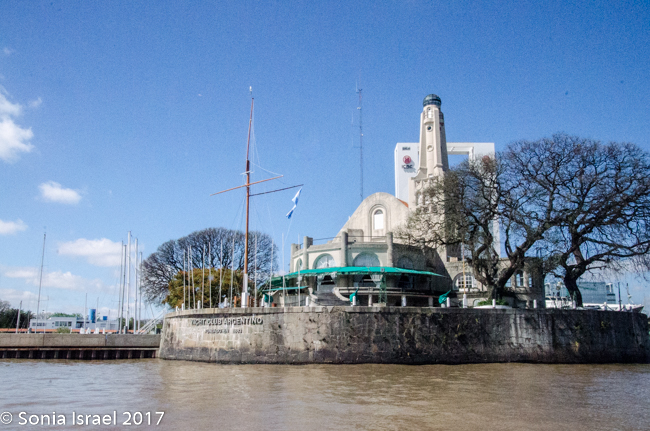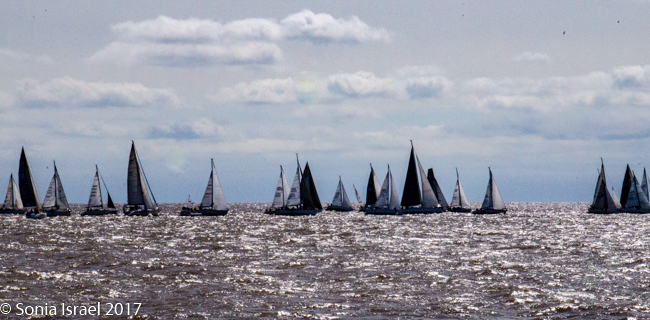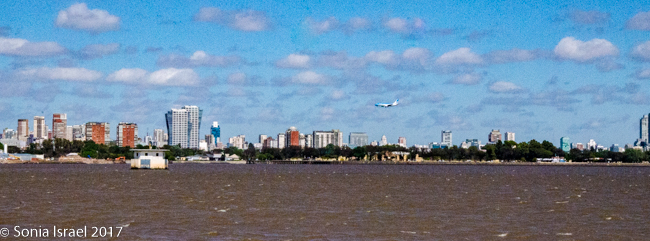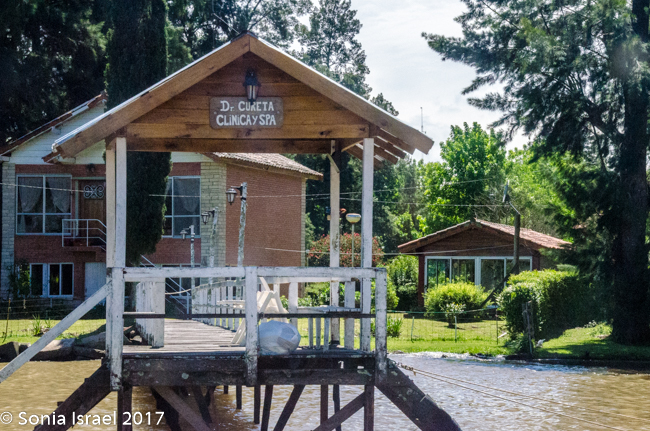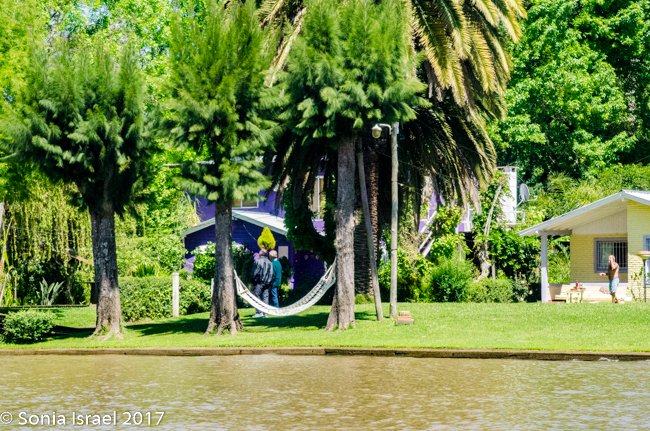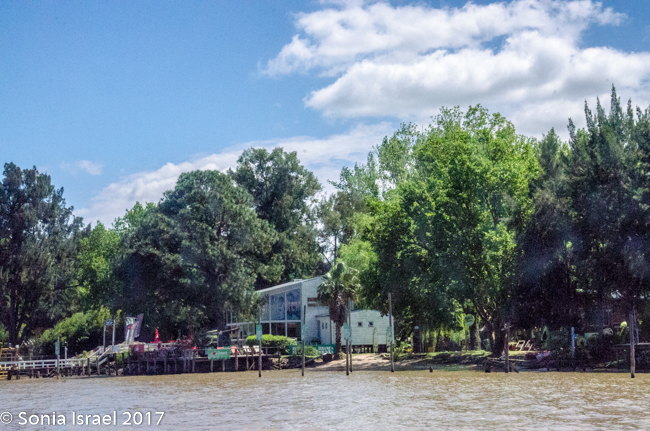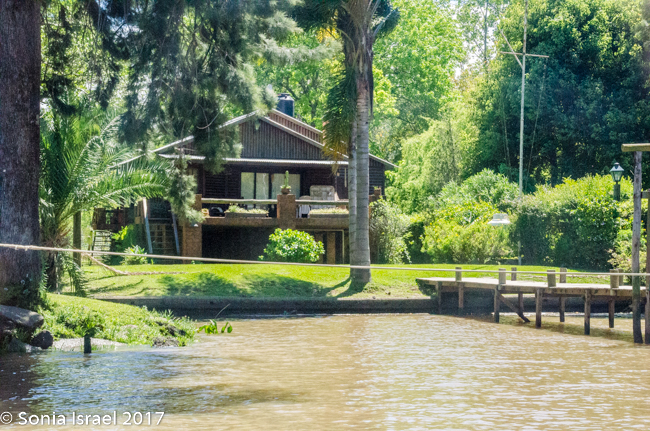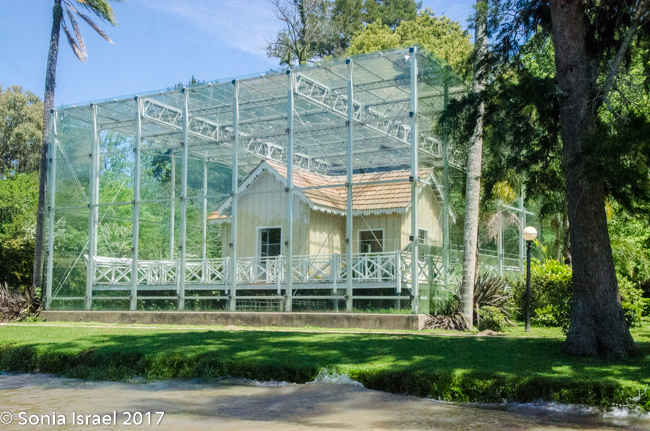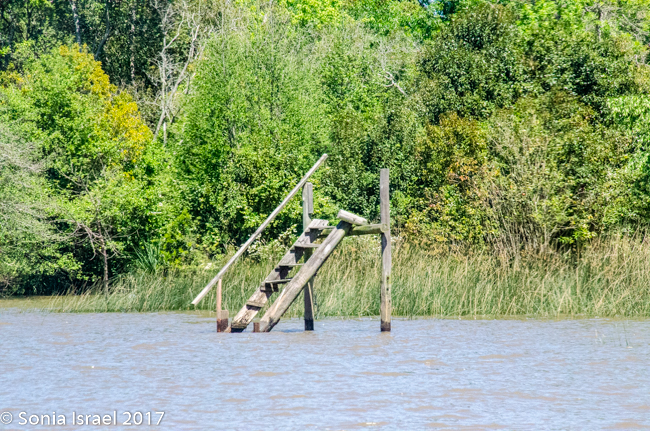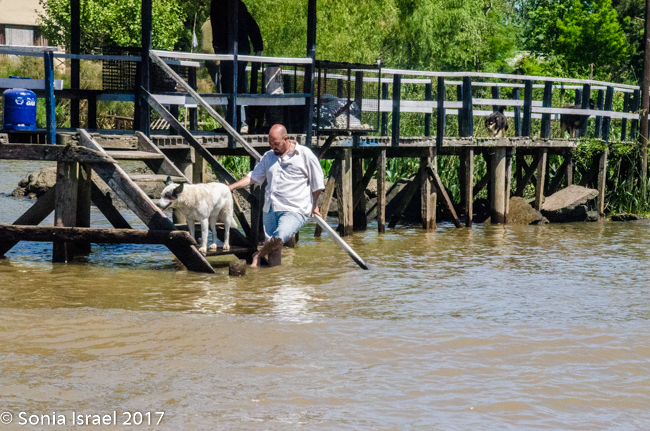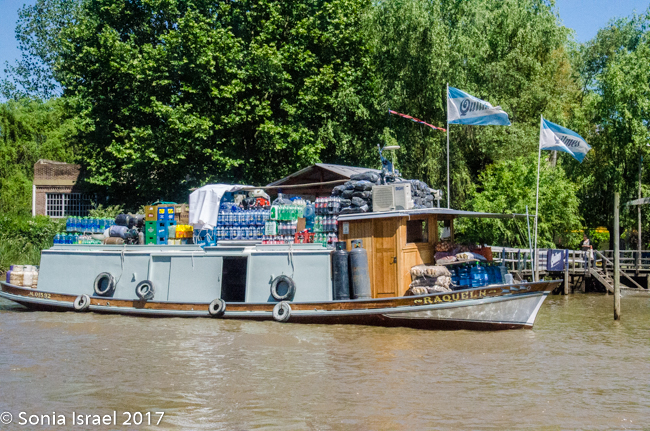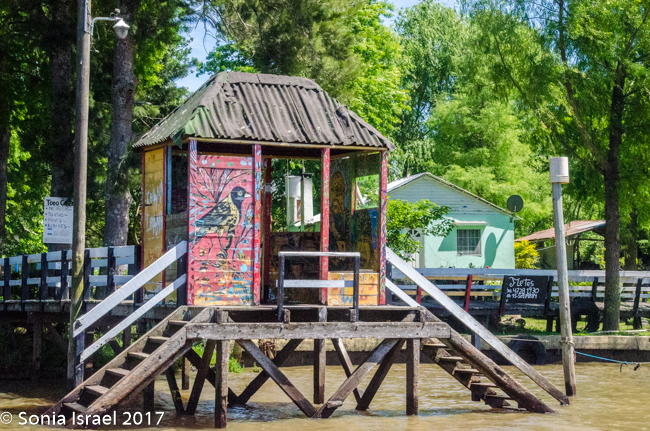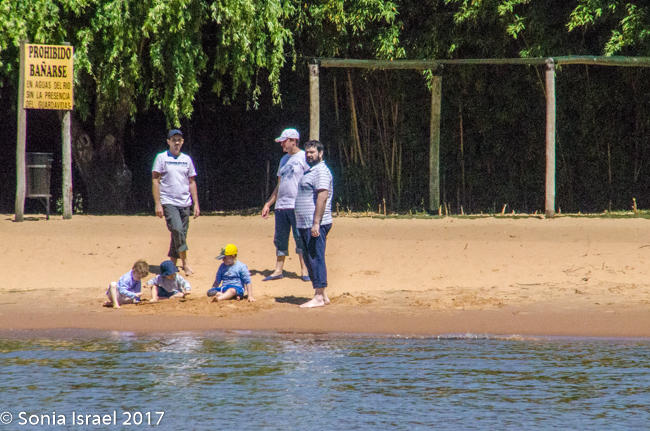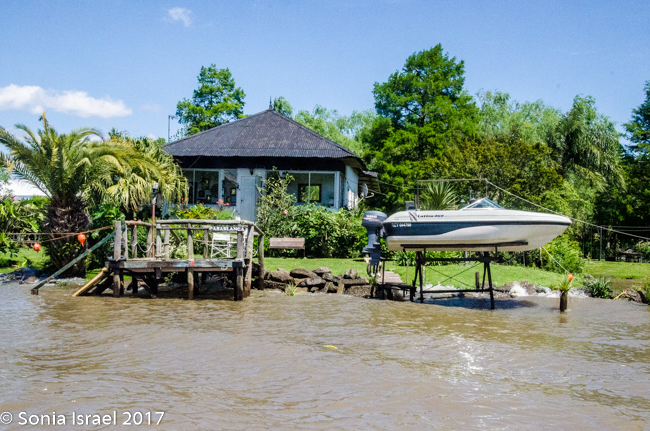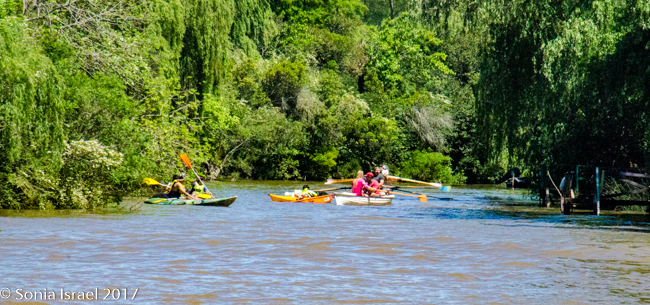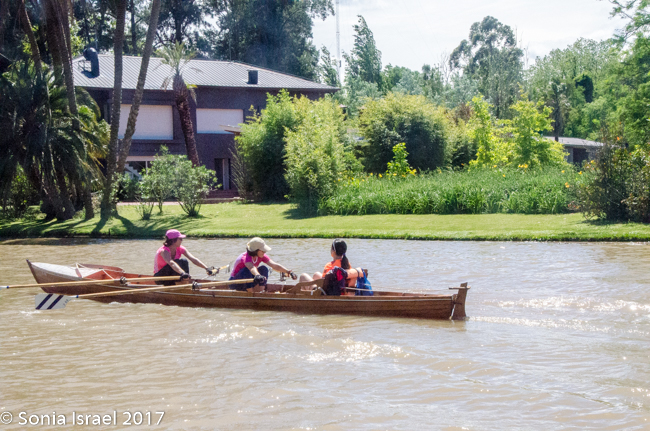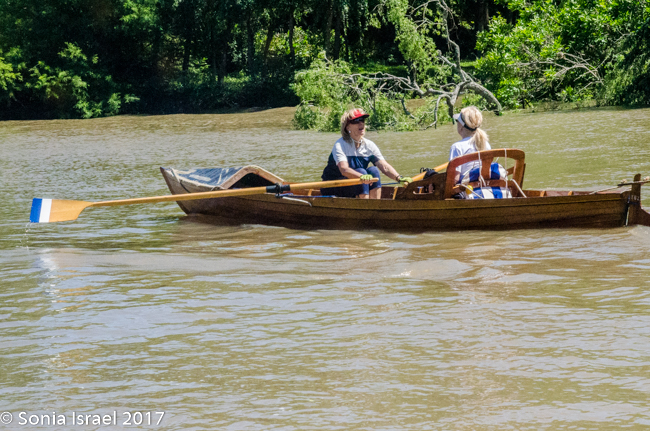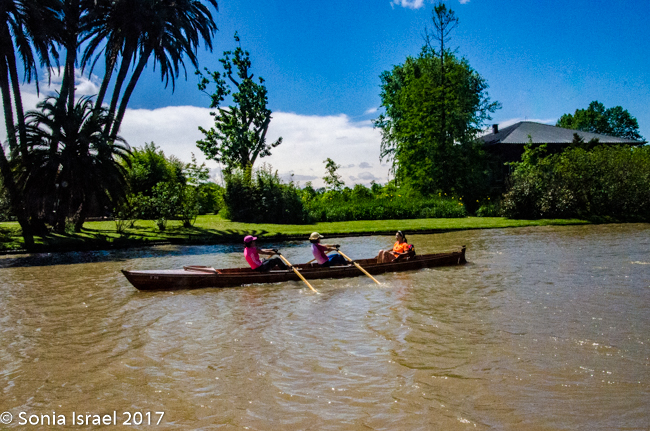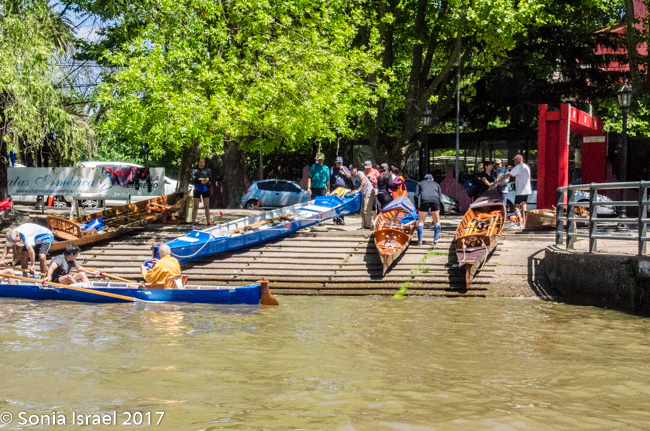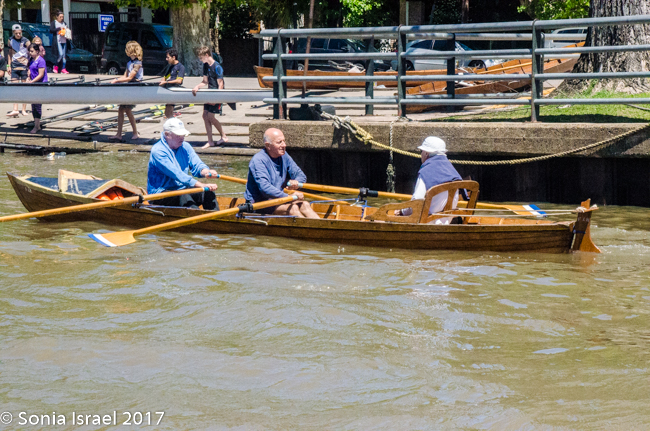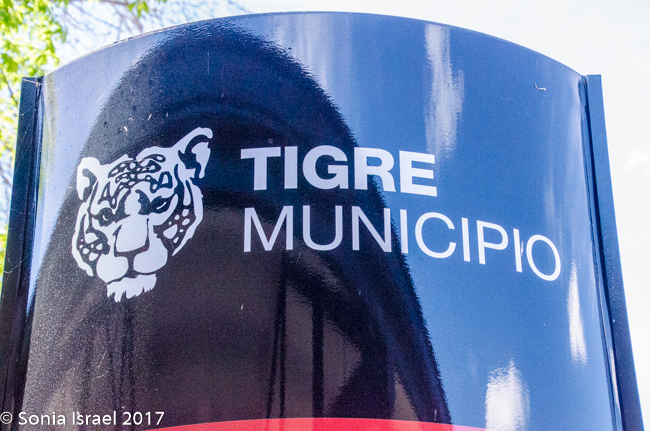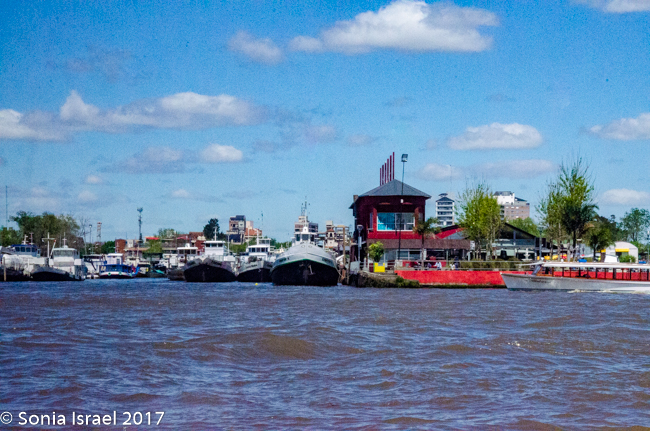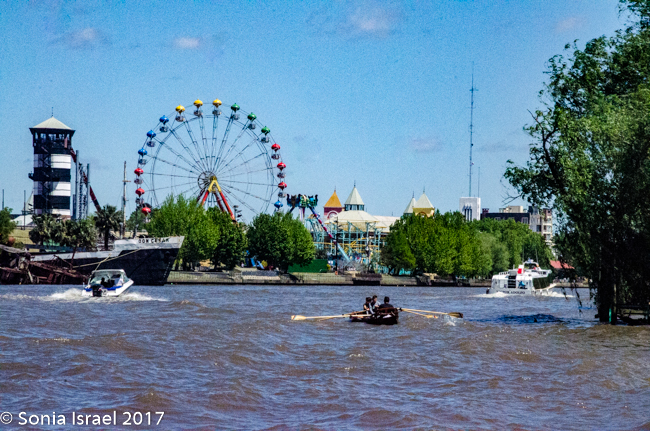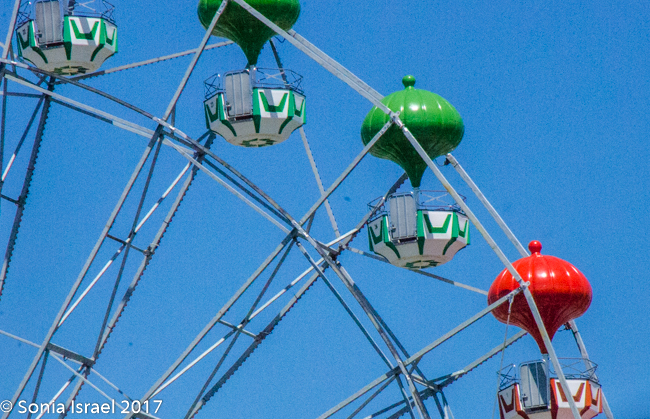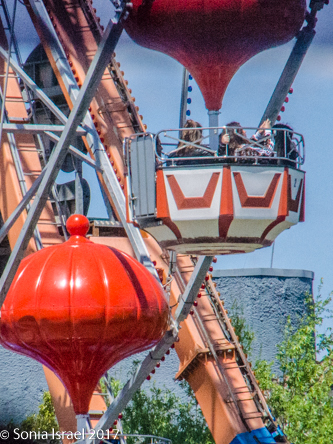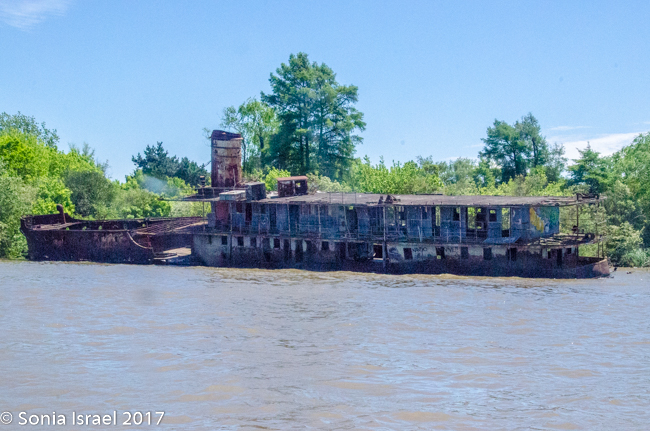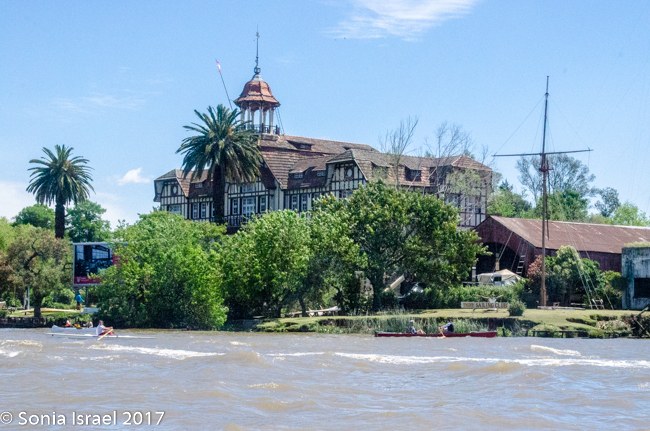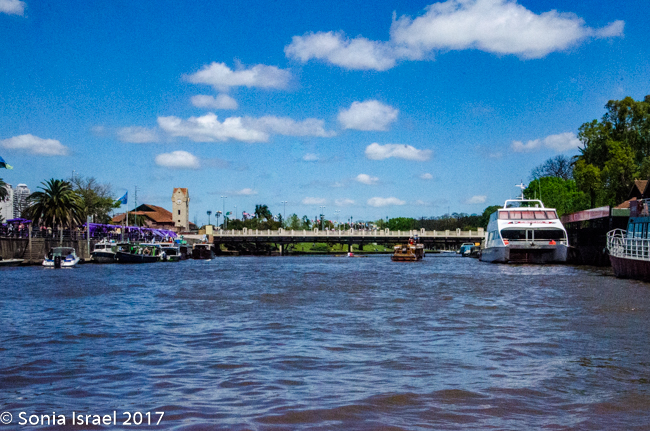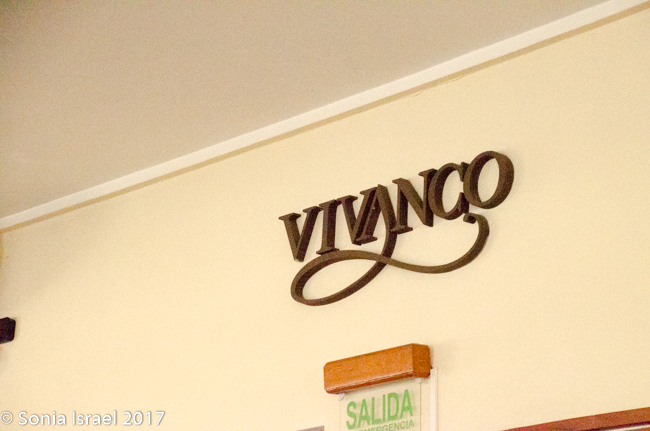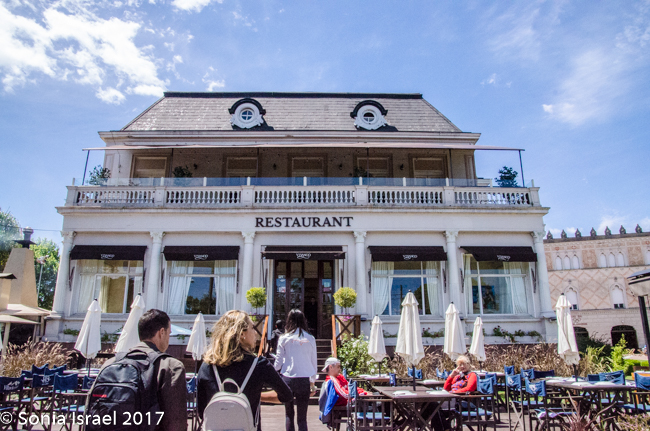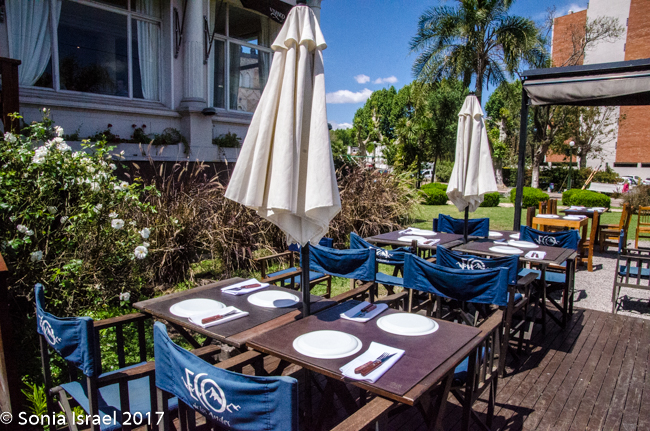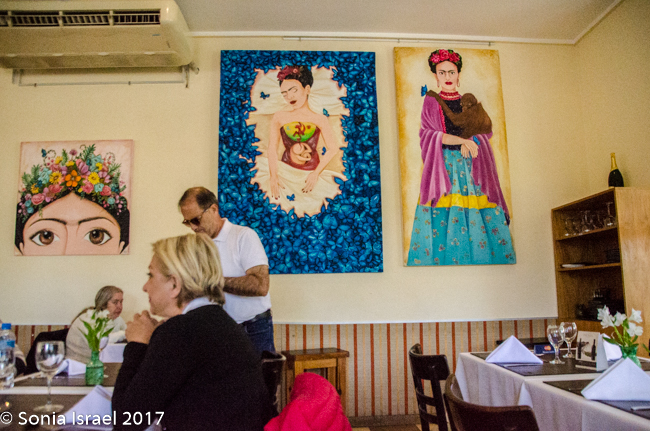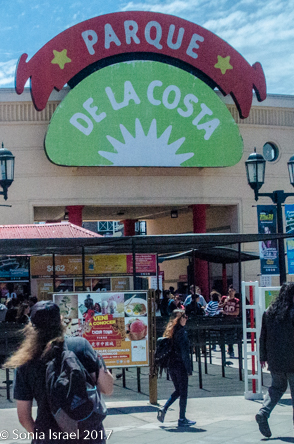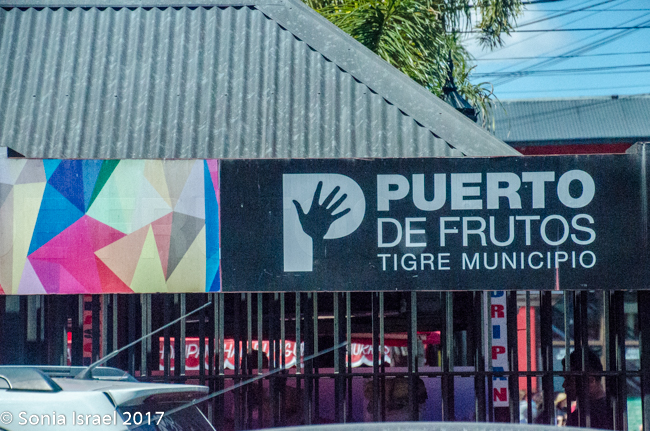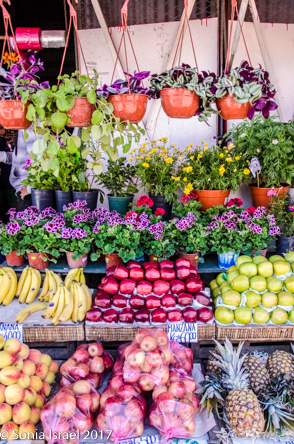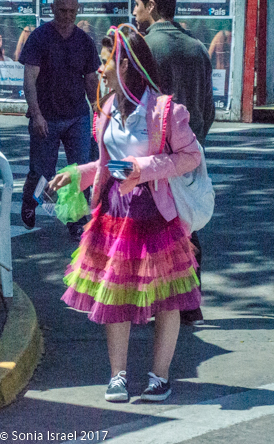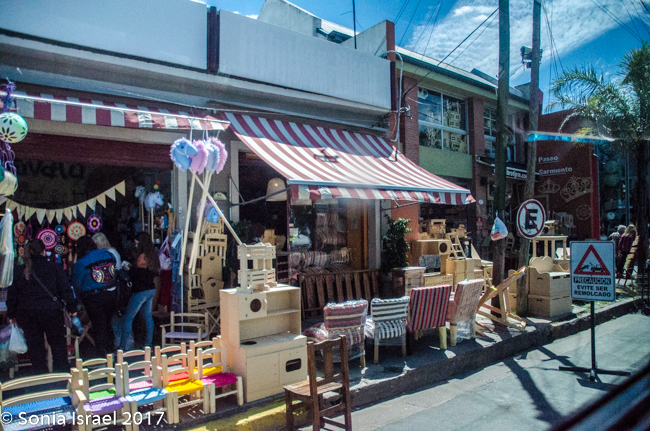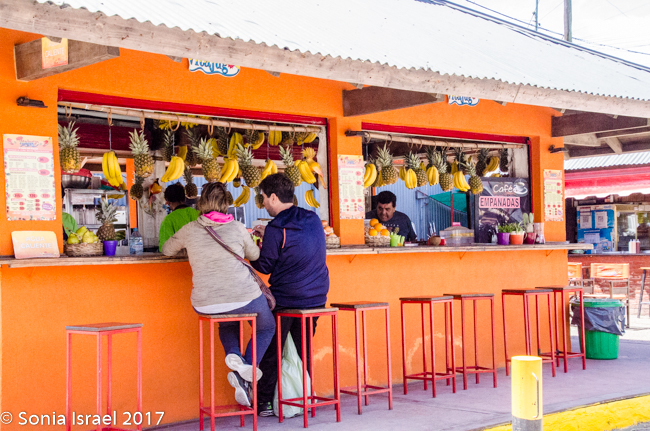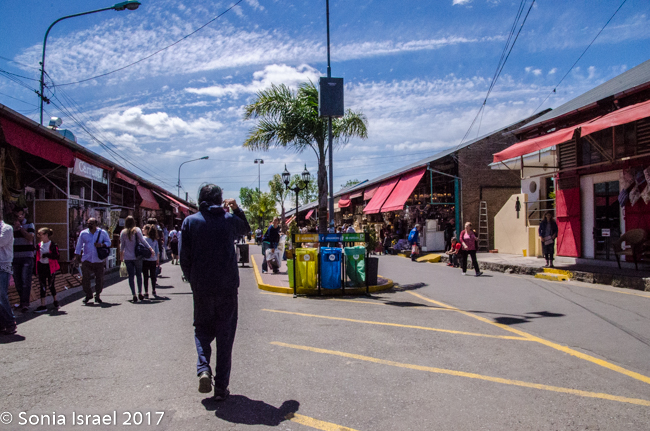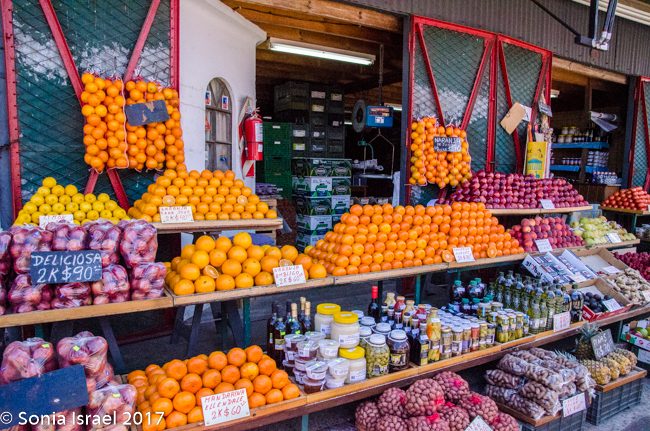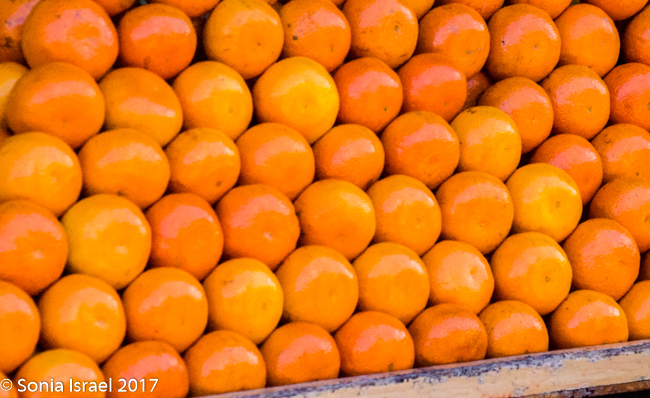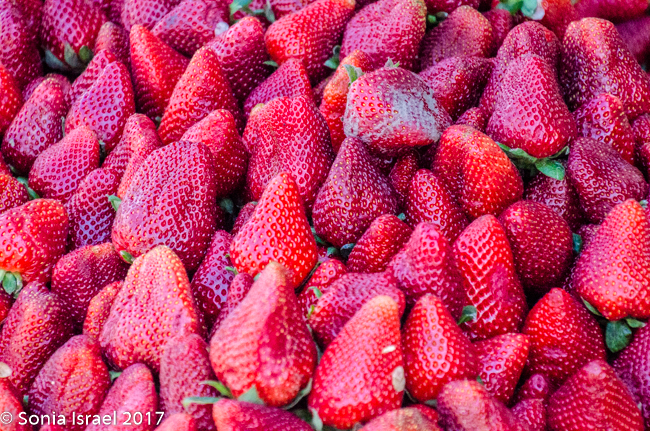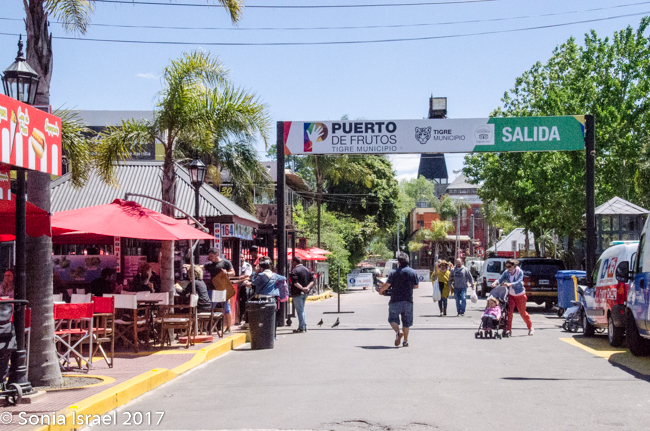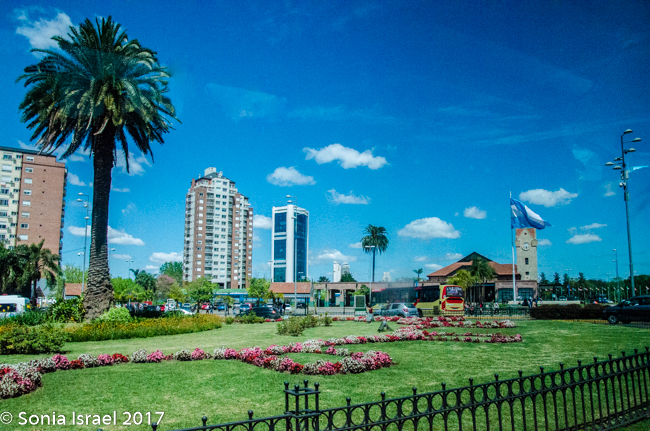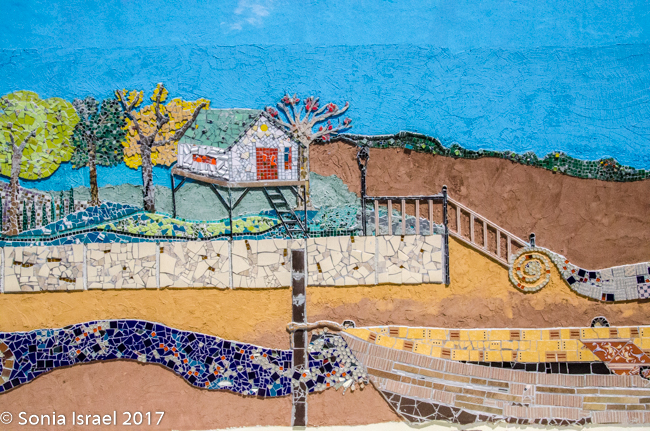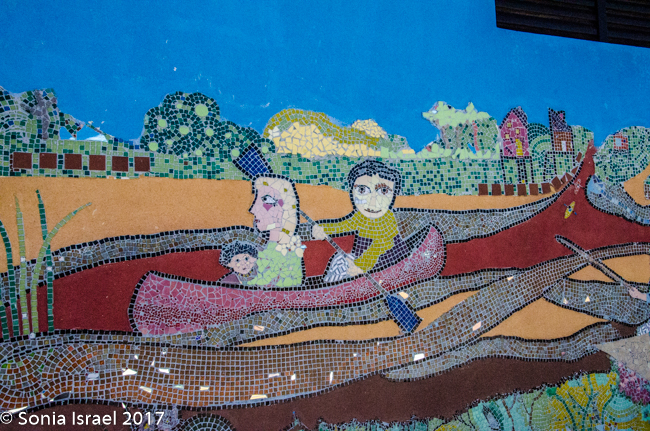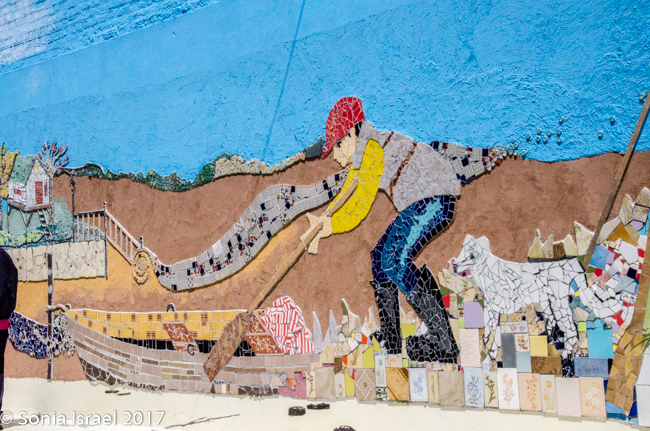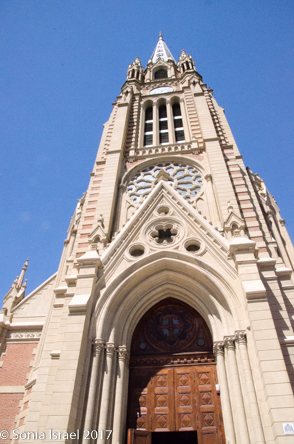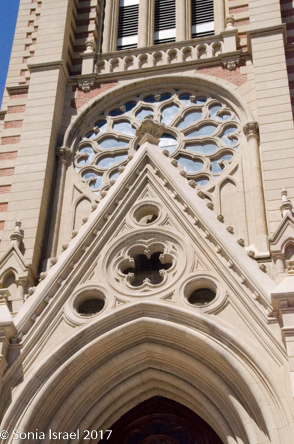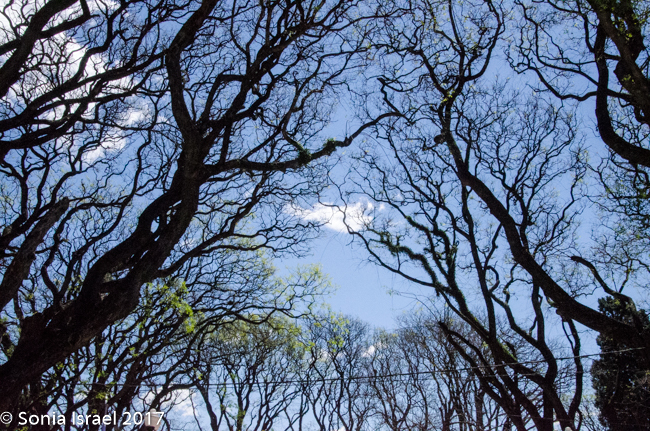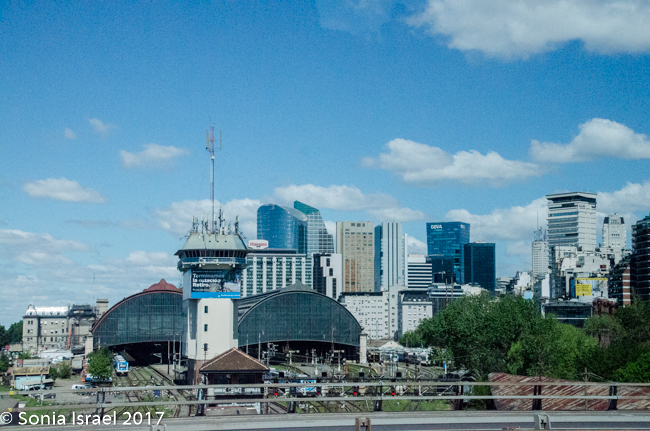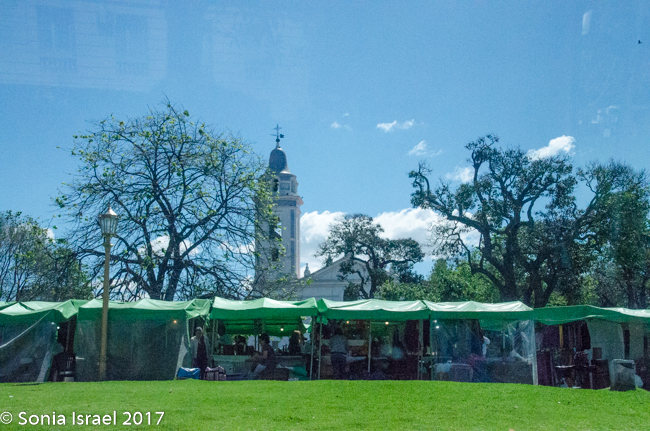October 21, 2017
Tigre
Today was the day to head up the river to the Tigre. Tigre is a town just north of Buenos Aires (BA), right on the Parana Delta. In fact, it is considered the gateway to the rivers and wetlands of the vast Parana Delta. The delta consists of several small islands, together known as the Islas de Parana. The delta covers about 200 miles but is only anywhere from 11 to 37 miles wide. And it the only river delta in the world that is not in contact with the sea but rather with another river. And thus the Parana River is the third largest on the American continent, after the Mississippi and the Amazon.
We were part of a small group of tourists. Our guide, Juliet, picked us up and after several stops to pick up others, we headed to the Puerto Madero, the port. We embarked on the boat, the Sturla Viejes, which had a deck on top, but inside looked like an airplane with three seats on each side and a narrow aisle. We were asked to stay in our seats until we were out on the water, at which point we could go up to the deck.
We cruised along the Costanera Navigation Canal, parallel to the BA shoreline, passing the University as well as most of the tall buildings of BA. As soon as we were given the green light, I stepped down (yes, there was a step down) into the aisle and preceded to twist my ankle. Oh oh. Not good. I tried to ignore it and made my way upstairs to see the view. But my foot was throbbing, and I decided ice was a better idea. So I hobbled back downstairs, asked for some ice, was given a huge block of ice, about 3×5, and sat there with it on my ankle. This may have colored my opinion of the visit to the Tigre.
As we left the city behind us and entered the Parana Delta, with water the color of a latte as it is tinted by the sediment resulting from the large quantities of water from the rest of South American’s great rivers being forced through the smaller tributaries. We began seeing small homes, and some not so small homes, many on stilts, long the shore, each with its own boat and dock. We passed the house of former Argentina president Sarmiento, who encouraged people to make their homes here. Many of the homes are weekend homes for the wealthier Argentinians. There are no roads on most of the islands so the only way to get around is by boat. The supermarket is a boat. Garbage is collected by boat. Pizza is delivered by boat. Gas stations and restaurants can only be reached by boat. Everything comes by boat. Sort of like the floating markets of Asia.
The most popular sport here is rowing, as thus this is known as the Rowing Capital. We saw rowboat after rowboat, with men, with women, with young, with old, rowing and rowing.
We arrived at the town of Tigre and docked across from the Rowing Club as locals pulled their rowboats in and out of the water.
There was a large Ferris wheel, and an almost fair-style atmosphere. It helped that it was a Saturday and the weather was warm and beautiful. Spring had sprung.
Tigre sits on an island that was created by several small streams and rivers. And why tigre (tiger)? The name comes from the tigers, or jaguars, that were hunted here many years ago. Most of the populace here relocated form the city to get away from the crowds. But since it was first settled by Europeans from Spain, England and Italy (back in 1820, after floods had destroyed other settlements in the area and was then known as the Partido de las Conchas), the town has a very European feel to it.
Our first stop was lunch at Vivanco, which depending on who you ask, was either an early 20th century villa that that was once an Italian club or was formally a rowing club, or perhaps both. The building is beautiful, just like a villa. Although there were plenty of tables outside with great views of the river and the rowers, we were shown inside to two long tables set up for our group. The walls were covered with colorful paintings of Evita, which gave us plenty to look at. And since there were quite a few locals there, I imagine the food is quite good. But many of the tours, like ours, stop here for empanadas and a drink which makes it a touristy place. That worked for us, but maybe not so much for the locals.
After lunch it was onto a bus that took us around the town to the Puerto de Frutos or the Fruit Port, once the old fruit harbor but now a market of souvenirs. Seems Tigre has become a tourist destination. And it felt that way. Very touristy.
The one interesting part of the market was a mosaic wall depicting the Delta and the houses on stilts and the boats. That was quite beautiful.
What I didn’t know was that there was also a Mate Museum which traces the history of the traditional Argentinean tea-like drink, along with a mate bar. I don’t particularly love mate, but it would have been interesting to see.
We made one more stop at a church and then back to the bus for the drive back to Buenos Aires. Along the way we passed neighborhoods of old beautiful buildings like San Ysidro which is the oldest and most expensive suburb of BA.
